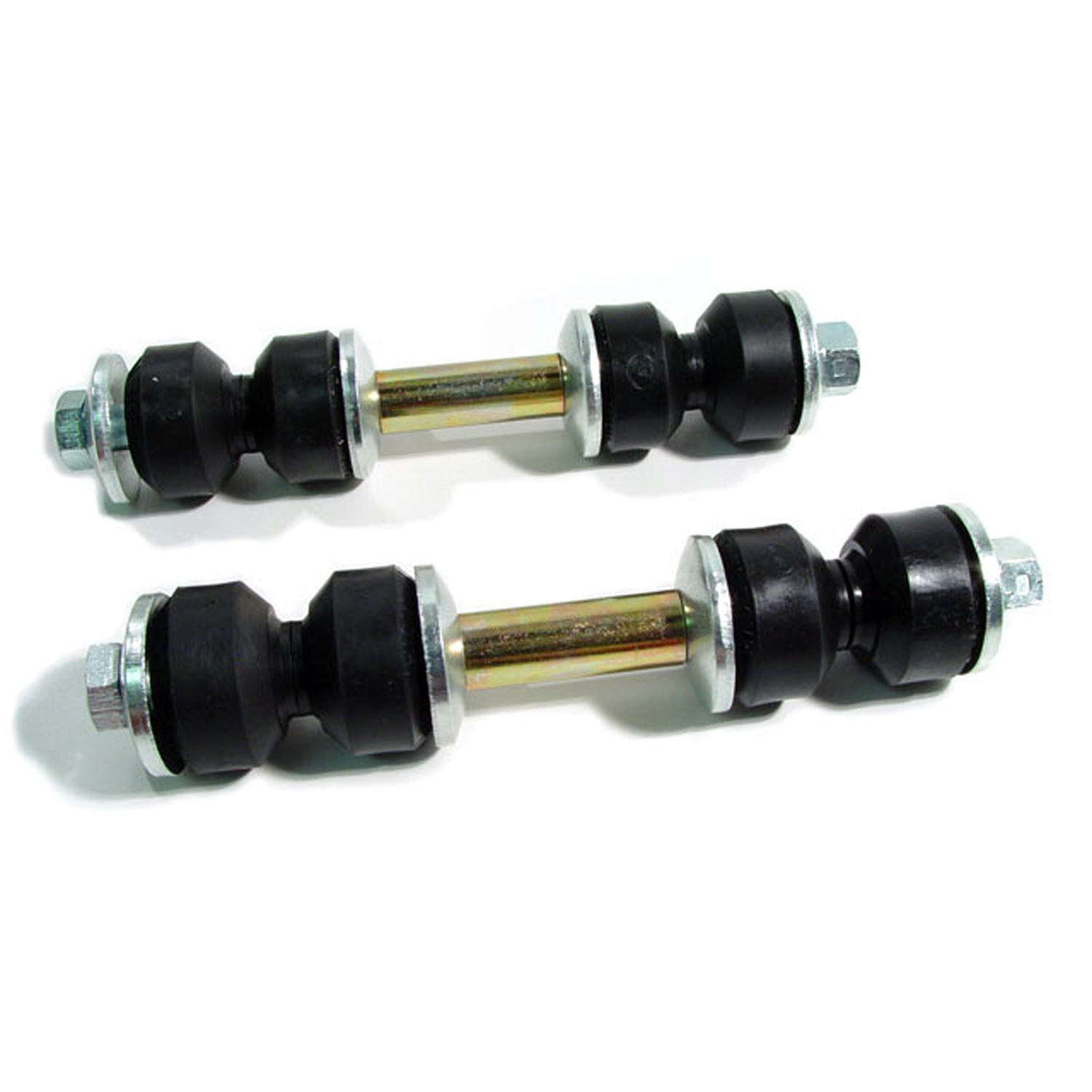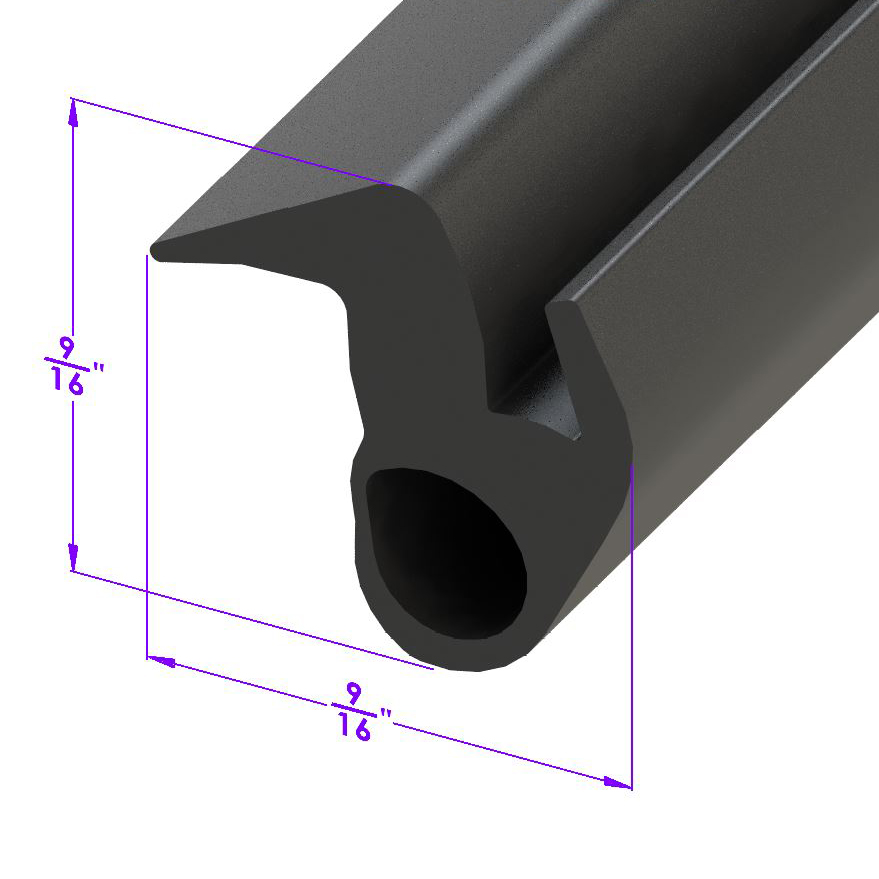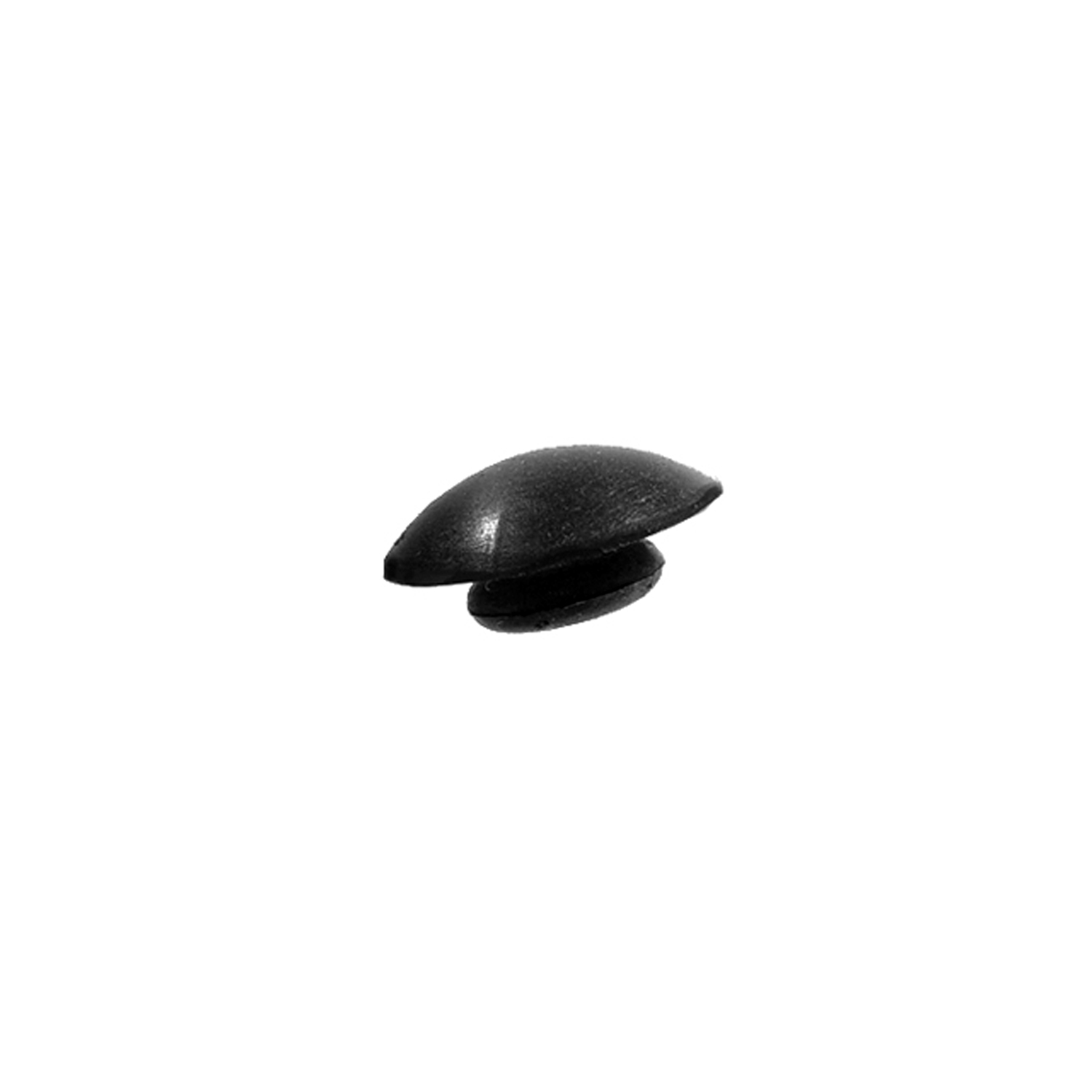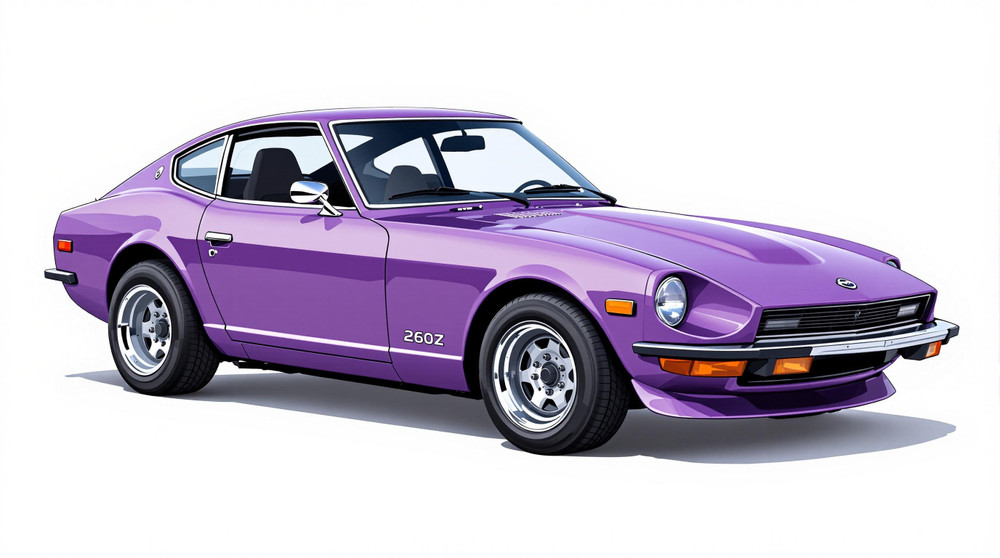Image of 1974 Nissan 260z, Note: These illustrations use artistic license and may differ from actual historical models.
Performance Metrics
Fundamental Metrics
Emotional Appeal
MMP Rating
| Engine Specifications | |
|---|---|
| Engine: | L26 I6 |
| Displacement: | 2.6L |
| Horsepower: | 162 hp |
| Torque: | 157 lb-ft |
| Compression Ratio: | 8.3:1 |
| Ignition System: | Electronic |
| Cooling System: | Water-cooled |
| Performance Specifications | |
| 0-60 Time: | 8 seconds |
| 1/4 Mile Time: | 16 seconds |
| Top Speed: | 125 mph |
| Transmission and Drive | |
| Drive Type: | Rear-wheel drive |
| Transmission Type: | 4-speed manual, 3-speed automatic |
| Fuel and Efficiency | |
| Fuel System Type: | Carburetor |
| MPG: | 20-25 MPG |
| Dimensions and Brakes | |
| Brakes: | Disc brakes front, drum rear |
| Wheelbase: | 90.6 inches |
| Weight: | 2,355 lbs |
Note: Specifications for classic cars are given to the best of our ability, considering the limited and variant data available.
Unveiling the 1974 Nissan 260z: A Timeless Classic
The year 1974 marked the arrival of a distinctive sports car that would carve its niche in automotive history—the Nissan 260z. Born from the lineage of the revered Datsun Z series, this Japanese marvel was manufactured by Nissan to cater to the growing appetite for performance-oriented sports cars. As a successor to the iconic 240z, the 260z boasted enhancements that solidified its place in the annals of motoring excellence. A notable moment in its history was its ability to bridge the gap between affordability and sports car performance, making it a favorite among enthusiasts and critics alike.
Design and Innovation
With sleek lines and an aerodynamic silhouette, the 260z's exterior styling was both elegant and aggressive. Its long hood and fastback rear end were design staples that captured the essence of speed and grace. Inside, drivers were greeted with a cockpit that balanced sportiness with comfort. The use of high-quality vinyl and available luxury appointments spoke volumes about Nissan's attention to detail. Technologically, it featured advancements such as an improved engine management system and optional air conditioning—a luxury for its time. Popular color options included a vibrant Racing Green and a classic Silver Metallic, with the latter often catching the eye of purists. The two-seater coupe remained the most iconic body style, though a 2+2 version offered additional practicality.
Historical Significance
The 260z's impact on automotive design was profound; it helped popularize Japanese sports cars internationally, challenging European dominance in this segment. It set itself apart with its blend of reliability, affordability, and performance—a trifecta that few contemporaries could match. This formula has influenced countless sports cars that followed, cementing the 260z's legacy as a game-changer.
Performance and Handling
The heart of the 260z was its robust L26 inline-six engine, which propelled it to top speeds that rivaled more expensive competitors. Acceleration from 0-60 mph was achieved briskly for its era, satisfying those hungry for spirited driving. On winding roads or when encountering imperfections on the tarmac, the car's independent suspension provided commendable poise. The symphony from under the hood—a harmonious blend of mechanical precision and raw power—coupled with responsive steering made for an exhilarating driving experience.
Ownership Experience
Owners of the 1974 Nissan 260z relished in its versatility; it served admirably as a daily driver, weekend showpiece, or even as an entry-level racer. Maintenance was straightforward compared to many contemporaries, endearing it to DIY mechanics and ensuring its longevity on the road.
Fun Facts
The 260z had its share of rarities, including limited editions with unique trim options or colors. Celebrity ownerships added allure to its story, while appearances in period films and television shows bolstered its pop culture credentials. Despite criticisms over emissions equipment affecting performance in certain markets, it remained a beloved model among enthusiasts.
Collector's Information
Today, collectors cherish the 1974 Nissan 260z for its significance and charm. While production numbers were substantial, pristine examples have become increasingly scarce. Current value ranges can vary widely based on condition and originality; well-maintained models can fetch significant sums in enthusiast circles. As with many classics, prices have shown an appreciating trend over time.
Conclusion
The 1974 Nissan 260z stands as a testament to innovation, performance, and timeless appeal in automotive history. Its influence resonates with each passing year, not just as a memory but as a living legend that continues to captivate new generations of car lovers.
1974 Nissan 260z Catalog of Parts
 1974 Nissan 260Z Front Stabilizer End Repair Kit-BNK 22Front Stabilizer End Repair Kit. 22-piece set for two stabilizer bars. Contains all rubber bushings, washers, bolts and nuts, enough for one front end. Set
1974 Nissan 260Z Front Stabilizer End Repair Kit-BNK 22Front Stabilizer End Repair Kit. 22-piece set for two stabilizer bars. Contains all rubber bushings, washers, bolts and nuts, enough for one front end. Set 1974 Nissan 260Z Back Hatch Seal. Sold by the foot-LP 103-CBack Hatch Seal. Sold by the foot
1974 Nissan 260Z Back Hatch Seal. Sold by the foot-LP 103-CBack Hatch Seal. Sold by the foot 1974 Nissan 260Z Pinchweld Kit-LPK 203-BPinchweld Kit. 2-Piece kit, 75-1/4" & 48" long, for one door.
1974 Nissan 260Z Pinchweld Kit-LPK 203-BPinchweld Kit. 2-Piece kit, 75-1/4" & 48" long, for one door. 1974 Nissan 260Z Trunk Bumper. Each-SB 95-ATrunk Bumper. Each
1974 Nissan 260Z Trunk Bumper. Each-SB 95-ATrunk Bumper. Each 1974 Nissan 260Z Deck Lid Seal. 9 feet long. Each-TG 20Deck Lid Seal. 9 feet long. Each
1974 Nissan 260Z Deck Lid Seal. 9 feet long. Each-TG 20Deck Lid Seal. 9 feet long. EachWhy Choose Metro?
For over 100 years, Metro Moulded Parts has been the pinnacle of quality in classic car restoration parts. Our commitment to precision and authenticity in every component ensures a perfect fit and an OEM-level appearance.
- Expert Craftsmanship & Quality: Each part is a testament to our dedication to reliability and perfection, crafted from original designs and thoroughly tested.
- Advanced Technology: We use cutting-edge techniques to create flawless, long-lasting parts that surpass others in performance.
- SuperSoft Sponge – The Ultimate Door Seal: Not only are our door seals 30% softer than competitors', but they're also guaranteed to never leak. They effectively reduce wind and road noise, enhancing your classic car's comfort and driving experience.
- Proudly American: Our parts are a product of American craftsmanship, made in the USA with a spirit of excellence and heritage.
- Unrivaled Warranty: We back our products with a 30-year industry-leading warranty, a testament to our confidence in their quality.
Join us in preserving the legacy of classic cars with parts that are crafted for perfection, not just made.

